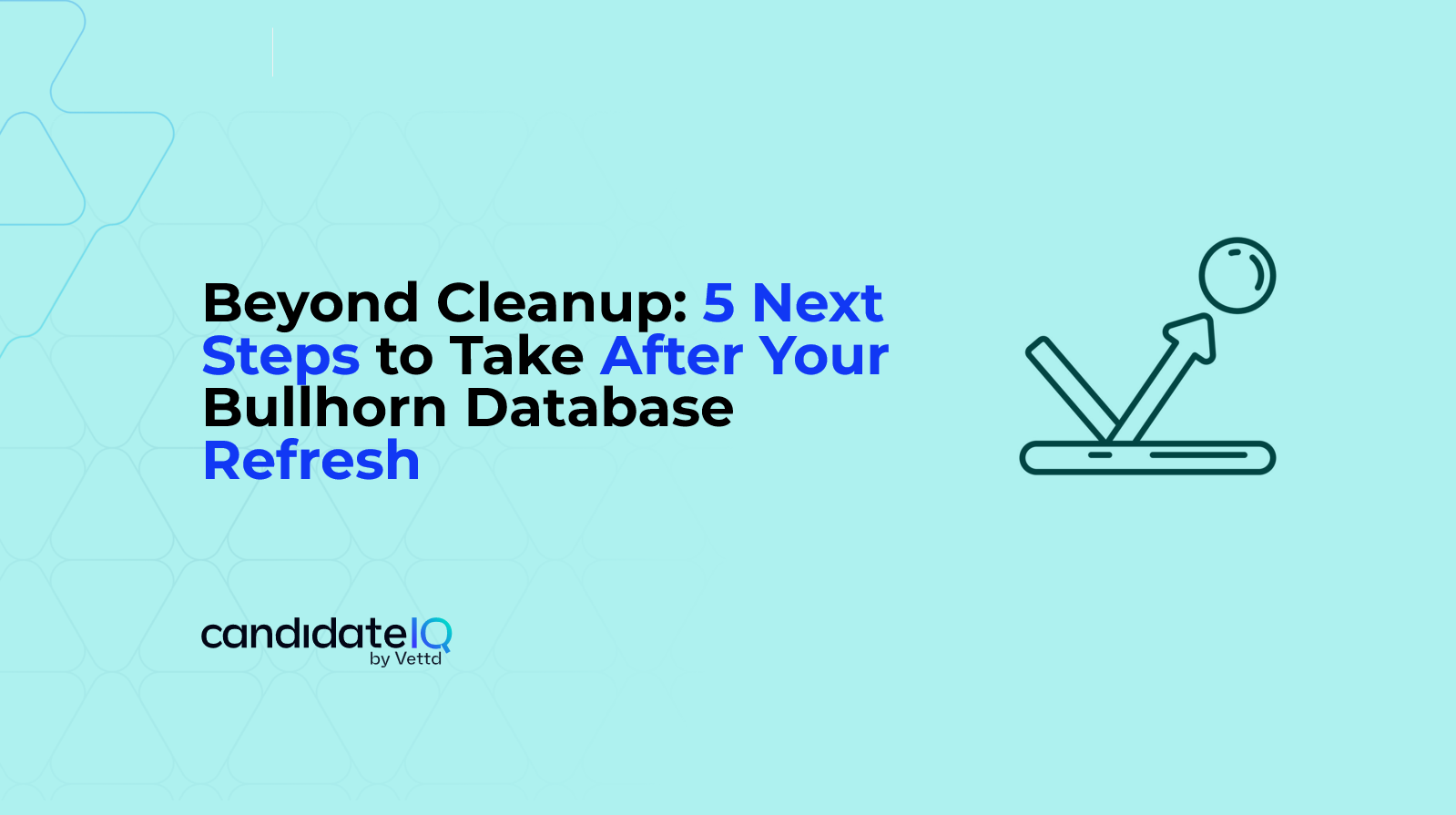The CandidateIQ Blog
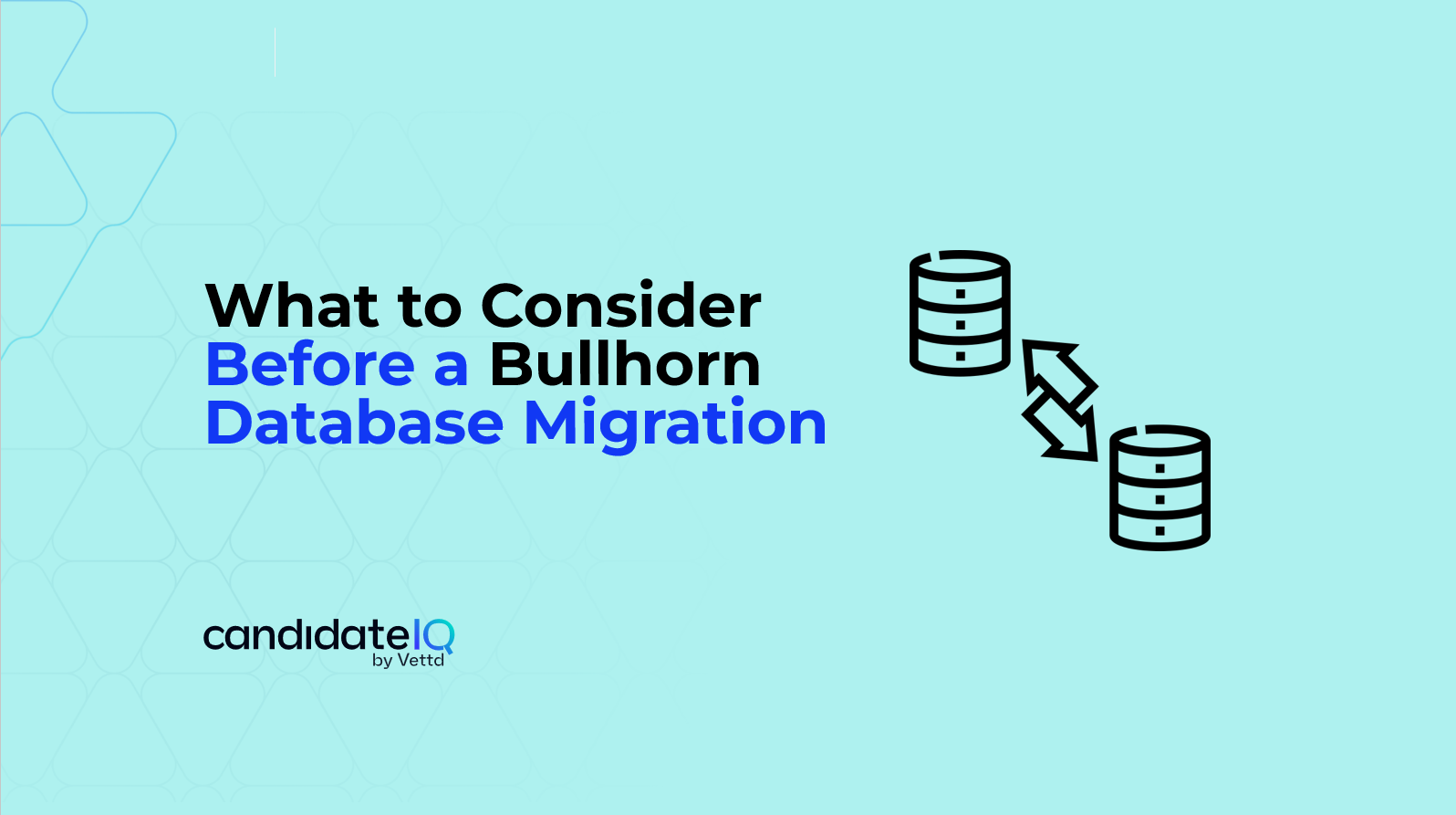
What to Consider Before a Bullhorn Database Migration
Migrating data to Bullhorn is not just about transferring information—it’s about ensuring data accuracy, optimizing recruiter workflows, and setting up your team for success. A well-planned migration will improve search functionality, boost engagement rates, and reduce wasted recruiter time spent dealing with bad data.

What Is Parsing for Bullhorn
Parsing for Bullhorn automates data extraction from resumes, enhancing accuracy and reducing manual work for recruiters.

What Is Enrichment for Bullhorn
Enrichment keeps Bullhorn profiles accurate and up-to-date with verified, compliant data, reducing manual updates.

What Is Data Blindness and How to Uncover Hidden Database Problems for Bullhorn
Addressing data blindness for Bullhorn uncovers hidden data problems, improving search accuracy and recruiter efficiency.

What Is Data Debt and When Does It Become Too Much for Bullhorn
Addressing data debt for Bullhorn prevents outdated information from slowing down your system, ensuring a cleaner and more reliable database.
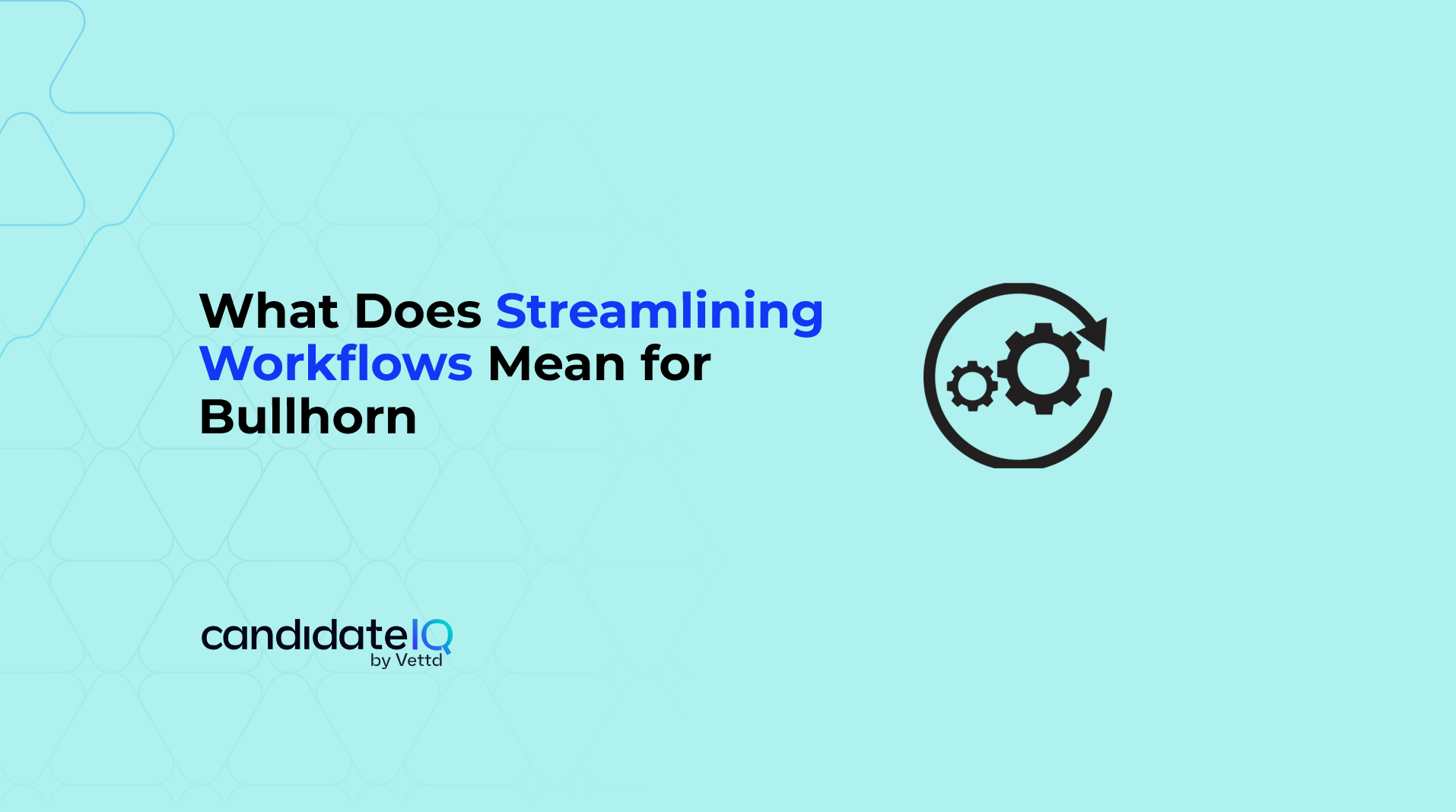
What Does Streamlining Workflows Mean for Bullhorn
Streamlining workflows for Bullhorn reduces manual tasks and boosts productivity, enabling recruiters to focus on sourcing and engaging candidates.
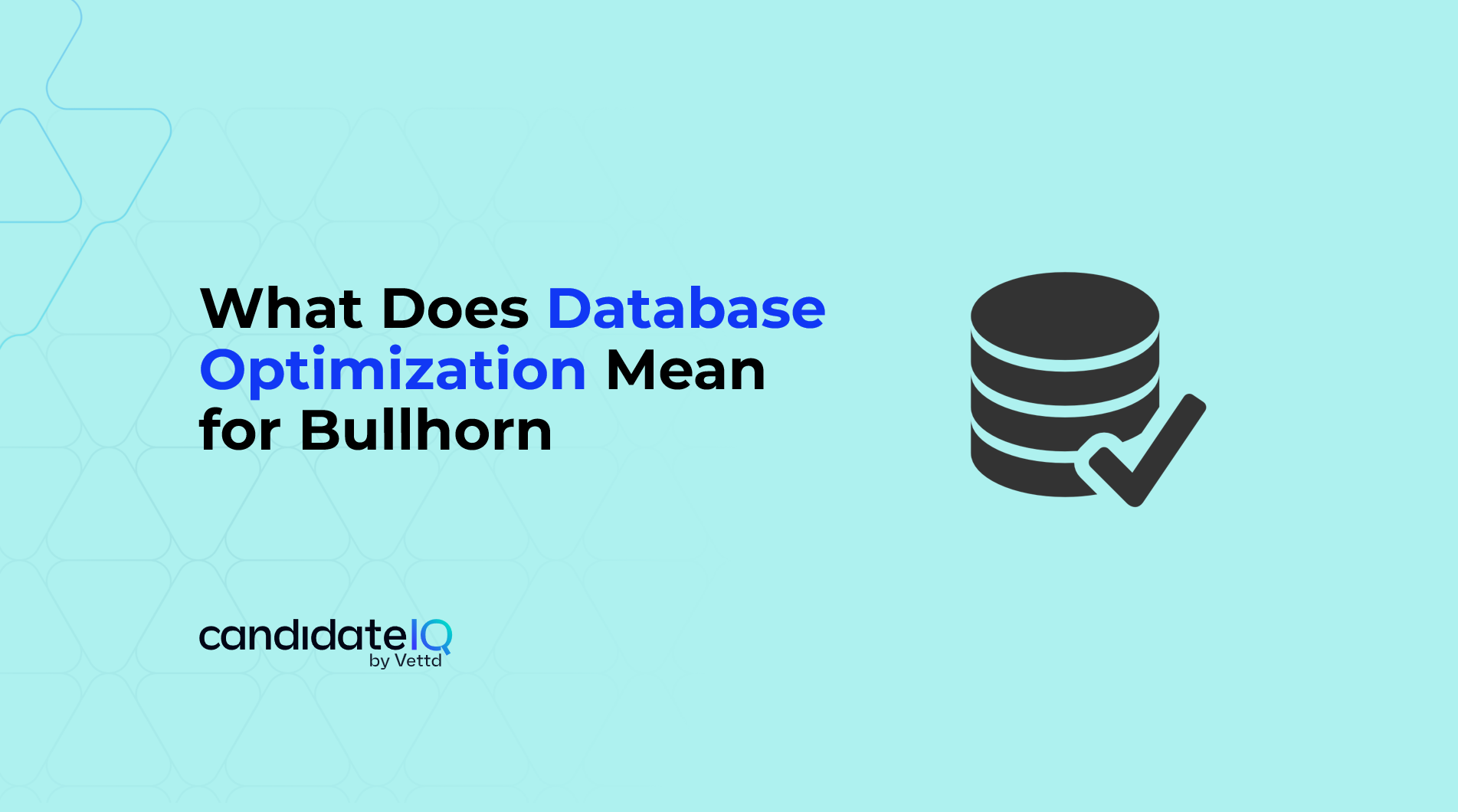
What Does Database Optimization Mean for Bullhorn
Optimizing Bullhorn databases ensures faster search results and improved data accuracy, making it easier for recruiters to focus on placements.
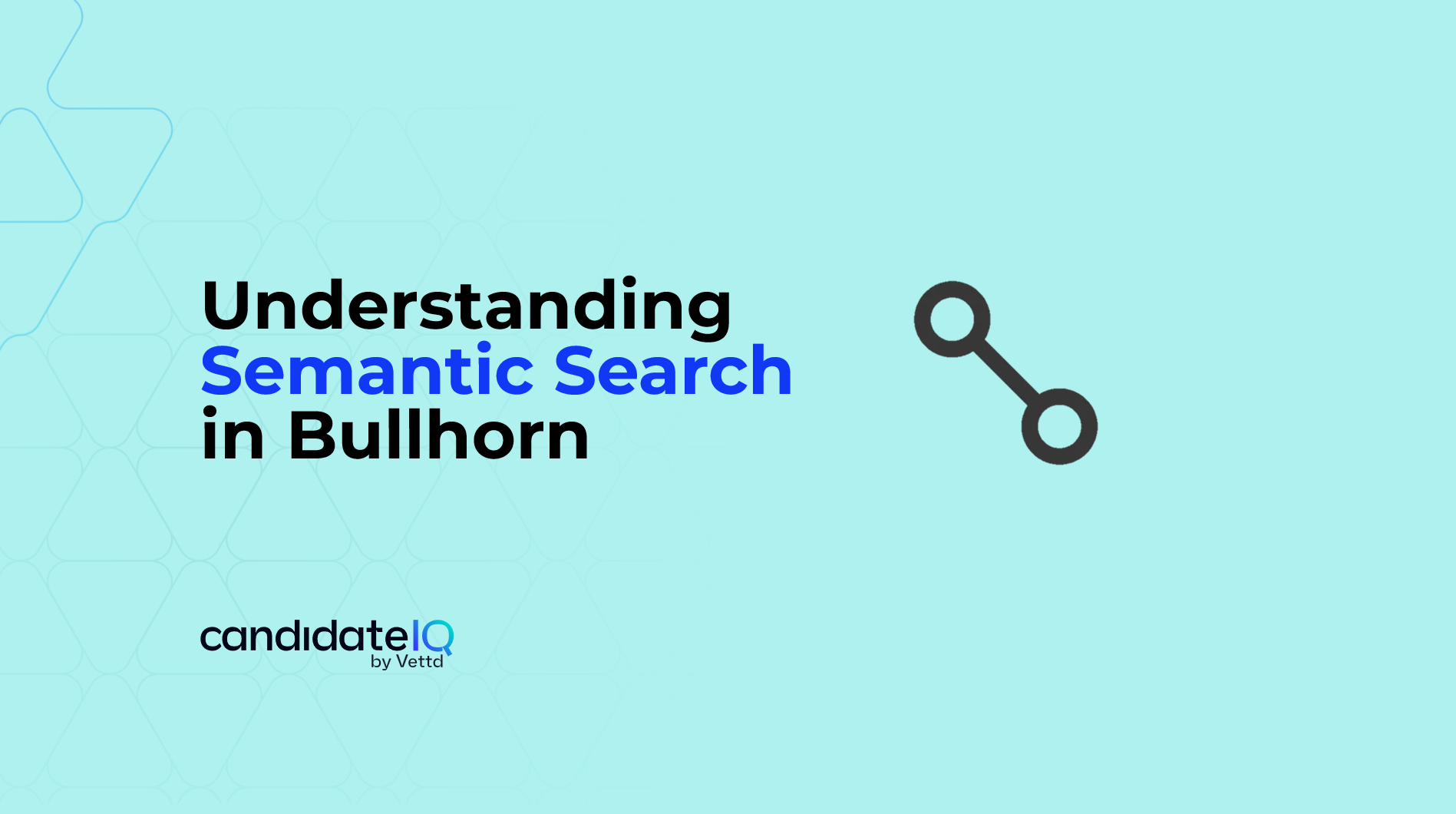
Understanding Semantic Search in Bullhorn
Semantic search improves accuracy and relevance in Bullhorn by understanding context and intent, but it requires clean data and a well-defined schema to work effectively.

Understanding Schema in Bullhorn
Understanding and optimizing your Bullhorn schema is key to maintaining cleaner data, smoother integrations, and efficient data management.
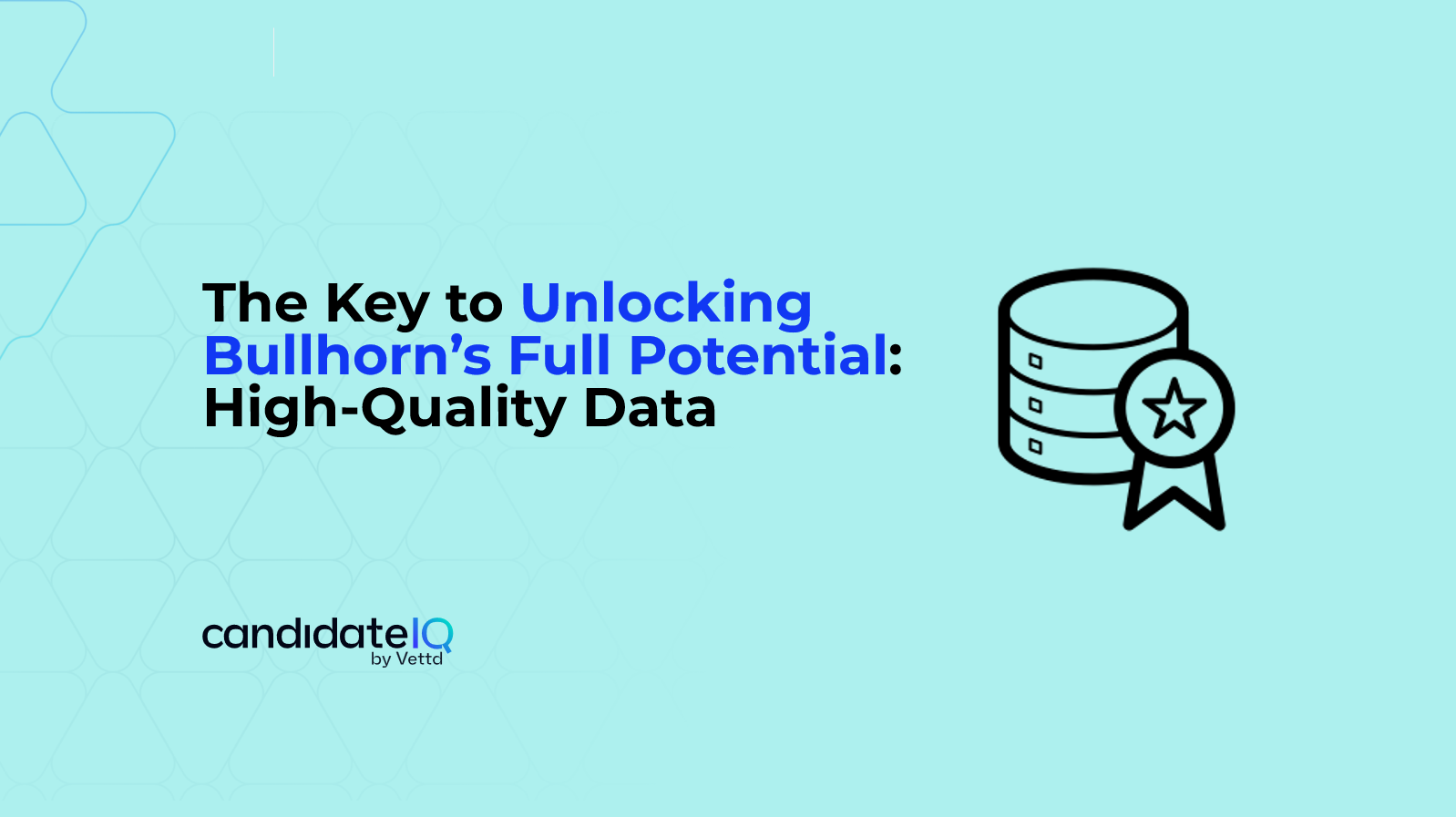
The Key to Unlocking Bullhorn’s Full Potential: High-Quality Data
Your Bullhorn database holds incredible potential—but only if the data is accurate, up-to-date, and easy to search. Taking proactive steps to manage data quality ensures your recruiters have everything they need at their fingertips, allowing them to operate at peak efficiency.
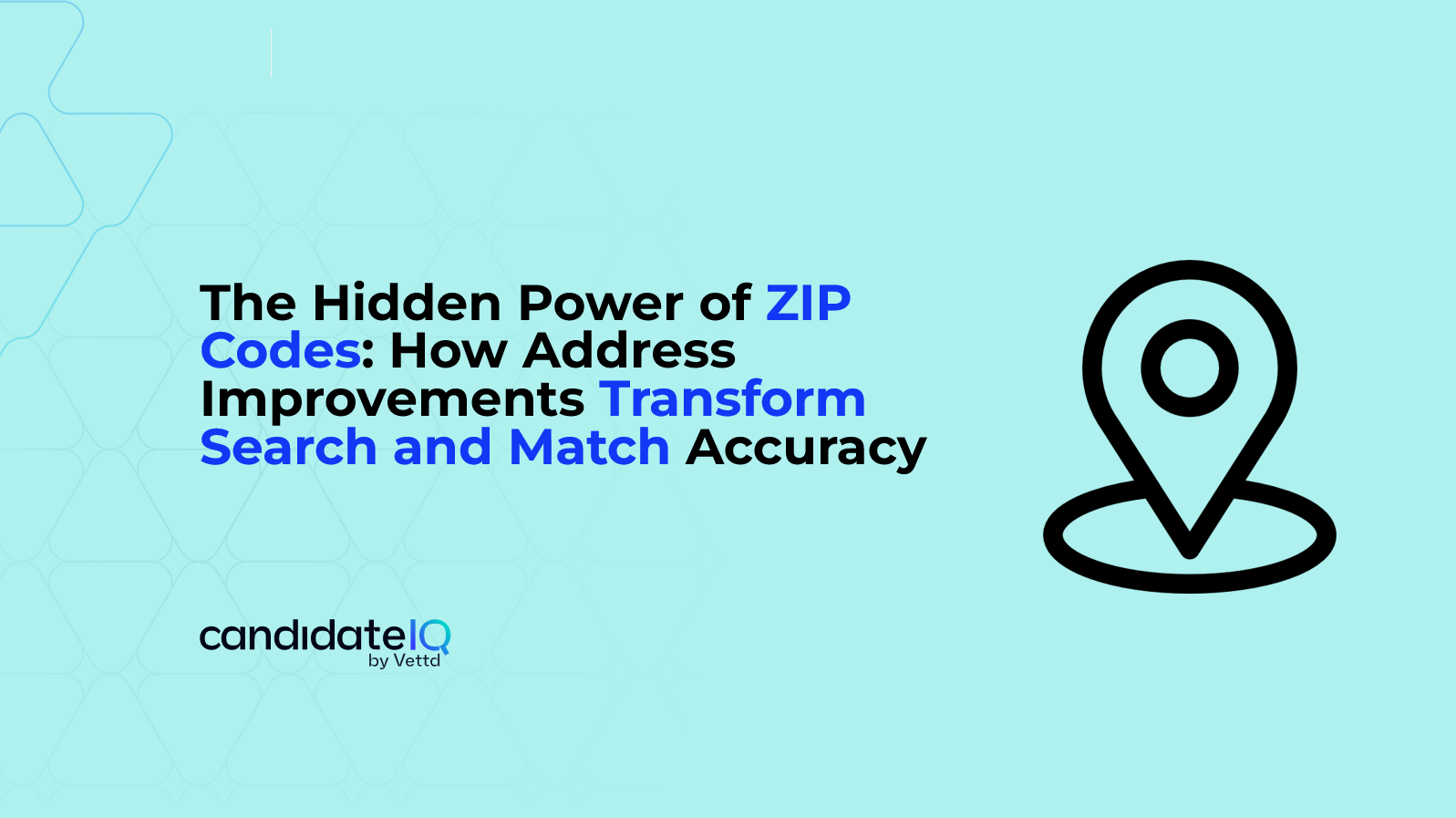
The Hidden Power of ZIP Codes: How Address Improvements Transform Search and Match Accuracy
By focusing on ZIP code accuracy and address improvements, staffing firms can ensure their databases are optimized for precision, delivering better results in every search and match scenario.
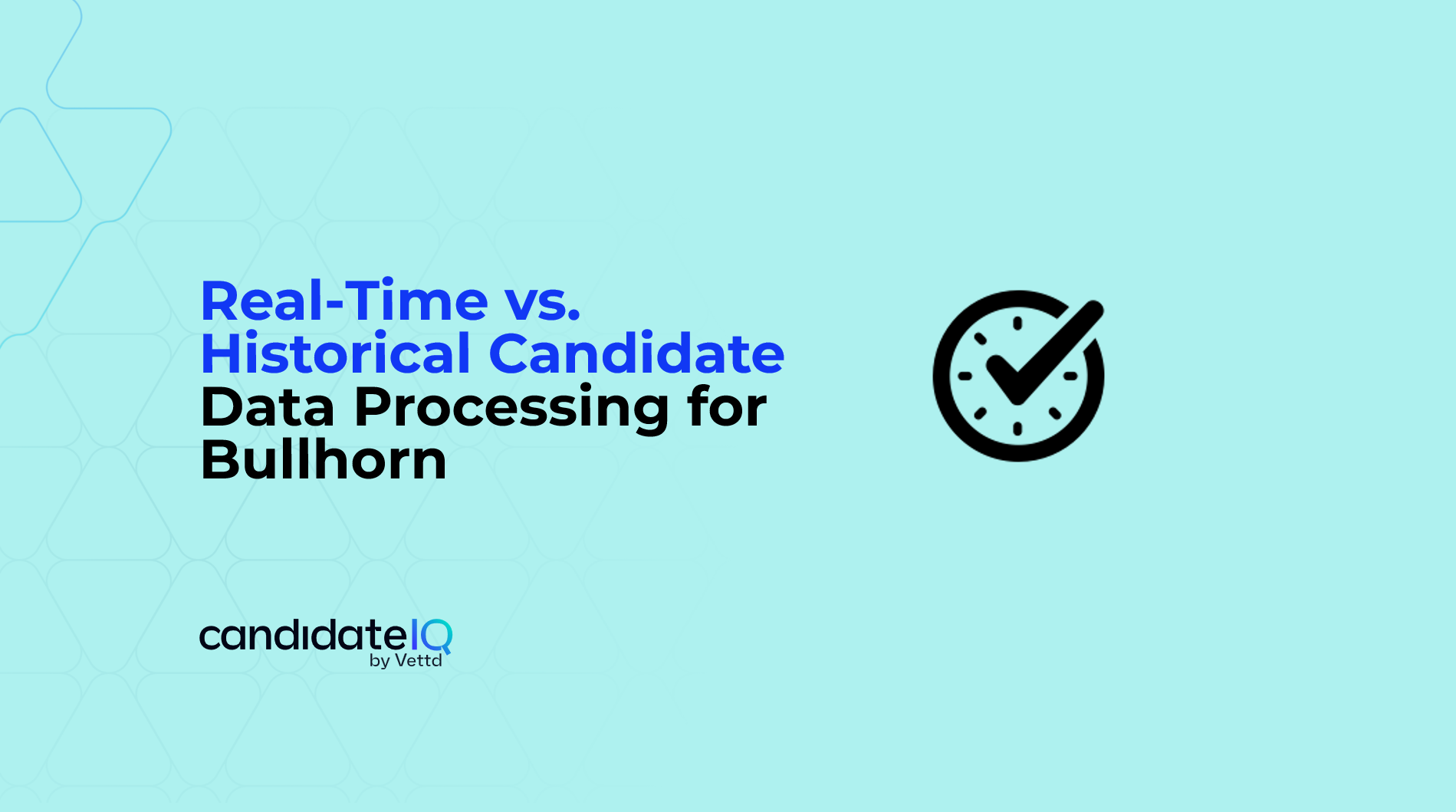
Real-Time vs. Historical Candidate Data Processing for Bullhorn
Combining real-time and historical data processing for Bullhorn enhances data accuracy, reliability, and recruiter efficiency.




